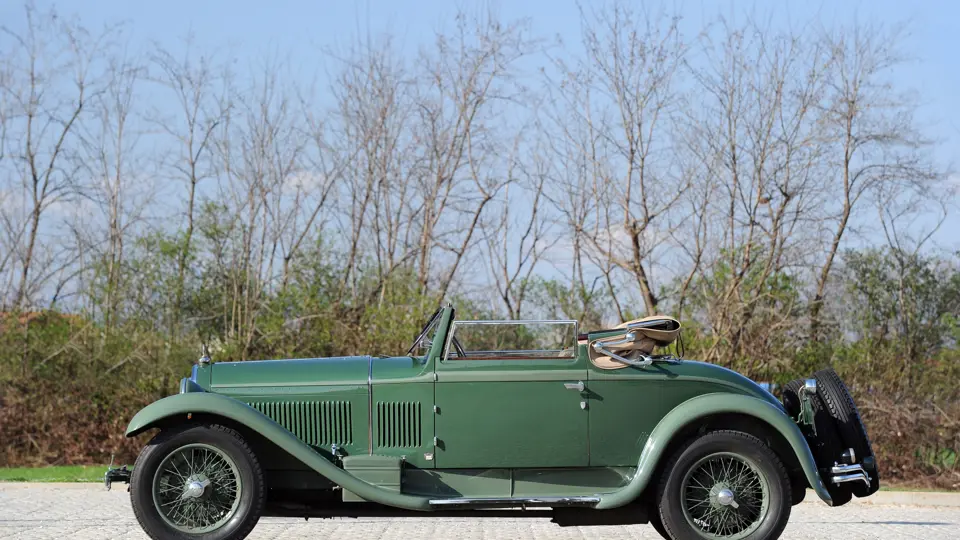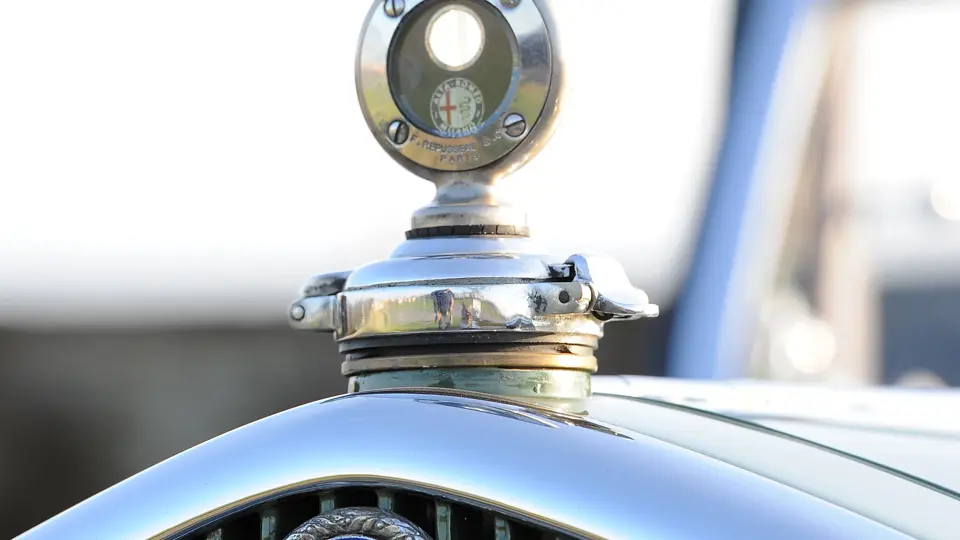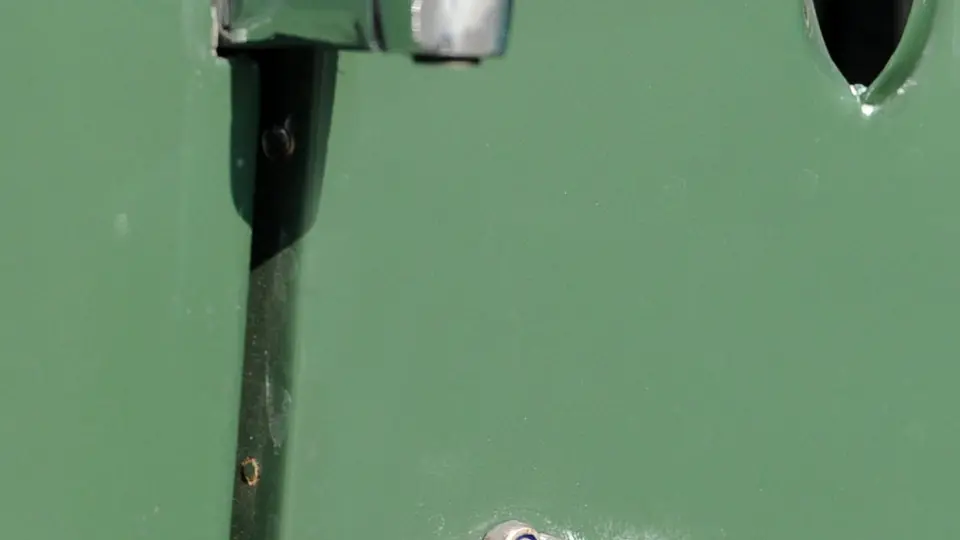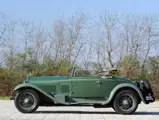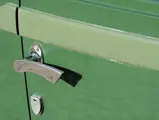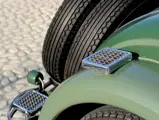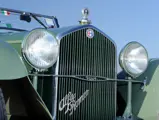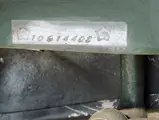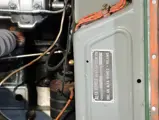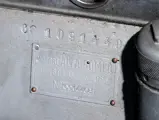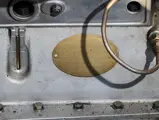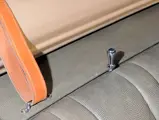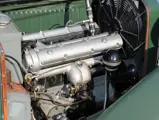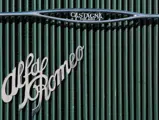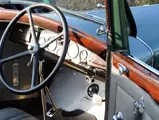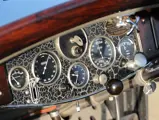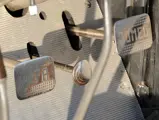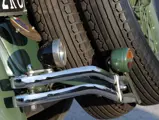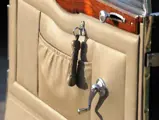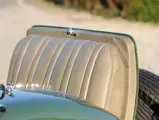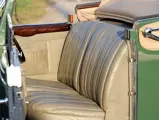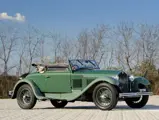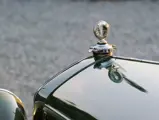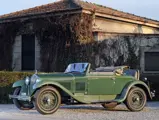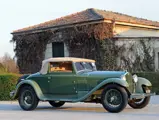55 bhp, 1,752 cc inline DOHC six-cylinder engine, single carburettor, four-speed manual transmission, solid axle with semi-elliptic leaf springs front and rear suspension, and four wheel drum brakes. Wheelbase: 2,920 mm (115")
• Believed to have been a gift to Tazio Nuvolari
• Original Castagna body
• Sympathetically restored by marque expert
• Matching numbers mechanicals
• ASI Targa d’Oro certification
That the Alfa Romeo 6C 1750 is a legend there is no doubt. The brilliant engineer Vittorio Jano’s lightweight twin-camshaft engine in Gran Turismo form provided fantastic performance in the 85 bhp supercharged Gran Sport (GS) competition works team cars, which had a top speed of 171 km/h.
It has become very difficult to find original-body cars, and this example, in particular, is quite notable. It retains the original cabriolet body with which it was fitted by Carrozzeria Castagna in 1931, a lovely and almost rakish convertible, thanks to the gently angled windshield and the sweeping wing line. That this Alfa may have been a gift to the legendary Tazio Nuvolari from the Alfa factory when new is all the more remarkable. Nuvolari, of course, was one of Italy’s, and indeed the world’s, most famous and successful racing drivers whose accomplishments and legendary heroics would fill volumes alone, but suffice to say, he won five European Championships for Alfa Romeo.
An American purchased the Alfa after World War II and brought it to the U.S., where it was bought in the 1950s by Mr Paul W. Hatmon of Independence, Missouri, who traded a Jaguar XK for the car. It was then sold in 1961 to a Mr Earl Brown in Kentucky, and during his ownership, approximately 30 years ago, a noted vintage Alfa collector, Mr Gordon Barrett, had an opportunity to see the car. Barrett is reported to have remarked that this 6C was perhaps the most “unviolated” example he had seen, noting that hydraulic shock absorbers and a water temperature gauge were the only modifications he could identify.
Mr Brown sold the car, still original but having been stored for many years, through a noted vintage car dealership in the U.S. and another collector in Italy, into the present ownership approximately 10 years ago. The new custodian, a well-respected Italian collector and regular historic rally participant in his Osca, gathered an ‘advisory committee’ consisting of some of the most knowledgeable and respected names in the vintage Italian car world, in Europe and the U.S. Among them were his friends, Angelo Tito Anselmi and Professor Andrea Curami, who helped him in his decision to entrust the sympathetic restoration of this remarkably preserved Alfa to Fabio Calligaris of Milan. Mr Calligaris’ work has won ‘Best of Show’ at prestigious concours across the world.
The restoration, fully photo documented at all stages, was rewarded with ‘Best of Show’ at the 2009 Concours d’Elegance Trofeo Salvarola Terme, as well as best pre-war car at the 2010 concours at San Pellegrino Terme and ‘Best of Show’ in the Pre-War Class at the Concorso d’Eleganza in Motion during the Vernasca Silver Flag in 2011, among several concours awards. A nice addition to the story is a full recount by the present owner of buying the car, researching its history and following its restoration step-by-step. A copy of this charming history is in the car’s history file, which is available for review.
During the dismantling of the car, traces of the original green paint and a fragment of the distinctive lizard patterned calfskin upholstery was discovered, and these colours and materials were used in the restoration, with a source found in the U.S. to exactly duplicate the original leather. The Castagna body number was also seen on various body panels and parts, another confirmation of the originality of the coachwork. The level of detailed study for the restoration can be seen in the fitting of a rear wing tread plate. There are two steps to assist in entering the dickey seat, which, incidentally, is opened by means of a neat and discreet lever inside the car.
In addition to the observation and testimony of Gordon Barrett, Italian Car Registry author John de Boer confirmed the chassis, engine, gearbox, crankcase and steering box numbers of the car, and those components can be found on the Alfa today. Further testament to the originality and correctness of the Alfa can be found in the 2009 ASI (Automotoclub Storico Italiano) certificate of identity, in which it is stated that this car possesses an original chassis, engine and data plate, as well as a body that is almost totally untouched, with the exception of a few areas related to the car’s use over 78 years.
A few concessions have been made to allow for efficient modern motoring, including the fitting of an electric cooling fan and a water temperature gauge, both of which speak to the joy of driving this Alfa and its usability for events. The current owner has indeed enjoyed this Alfa in regularity trials and won the championship of the Milan Auto Club, a club with 2,000 members. He has piloted the 6C in the historic re-enactment of the first Giro d’Italia for motor cars, the rally to Teano to celebrate the 150th anniversary of the unification of Italy and the demanding Transappenninica Rally. Overall, more than 2,000 km have been successfully run in events. In addition to its ASI certification, this 6C also has FIVA documents.
With a practically full set of tools, including many hard-to-find items, a well-documented and detailed restoration that has retained a very original feel, ASI and FIVA documentation and a proven concours and event history, this is a vintage Alfa Romeo for a mature and knowledgeable collector. Any Alfa Romeo 6C 1750 is a ‘blue chip’ commodity in the collector car world. To find such an extraordinarily original Castagna cabriolet again would be extremely difficult, if not impossible.
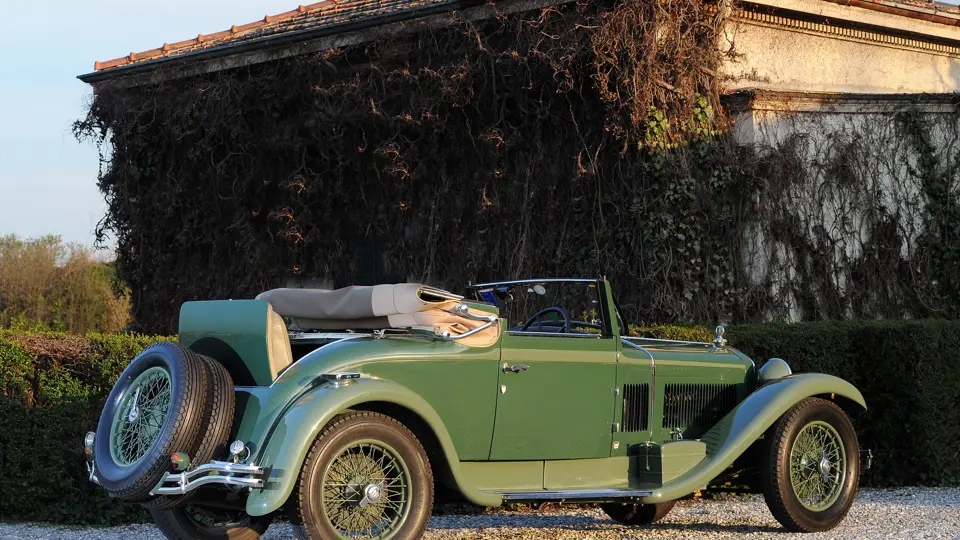
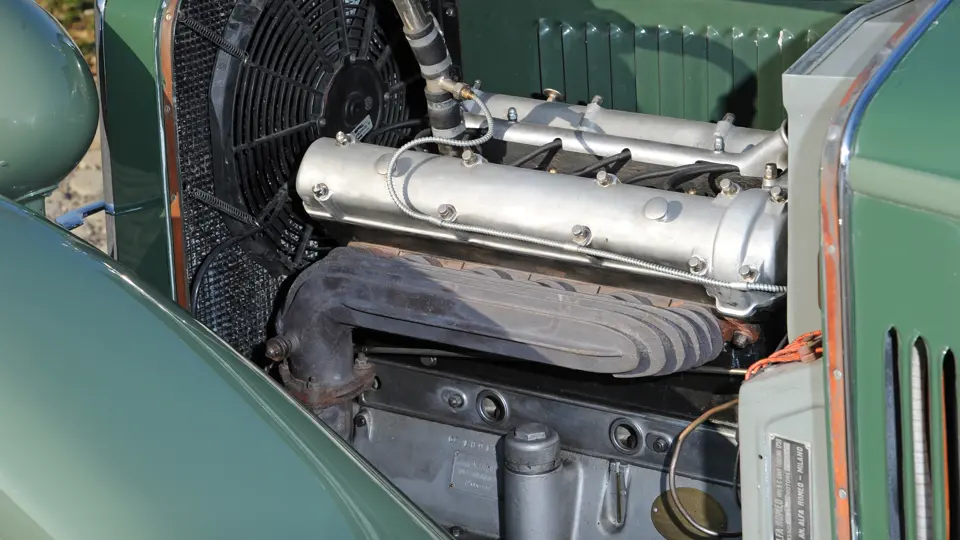
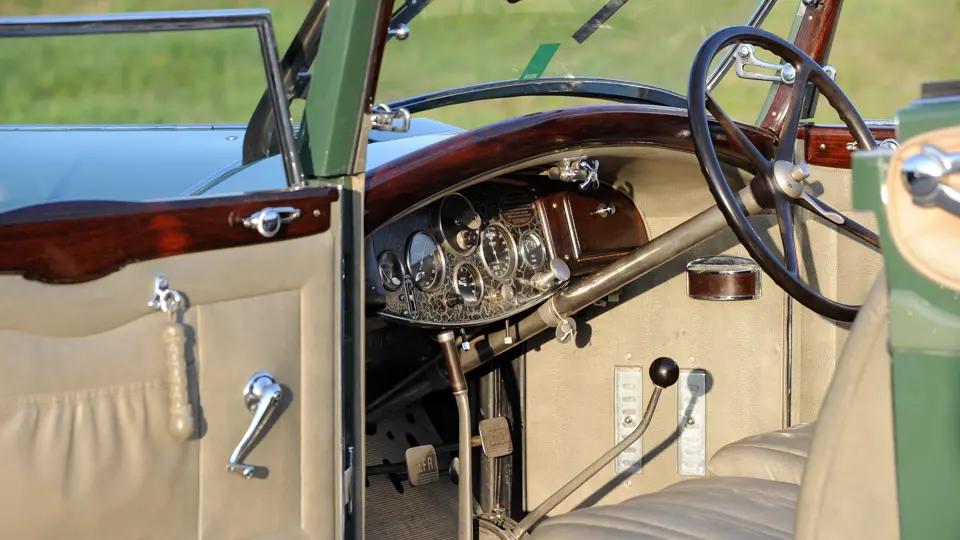

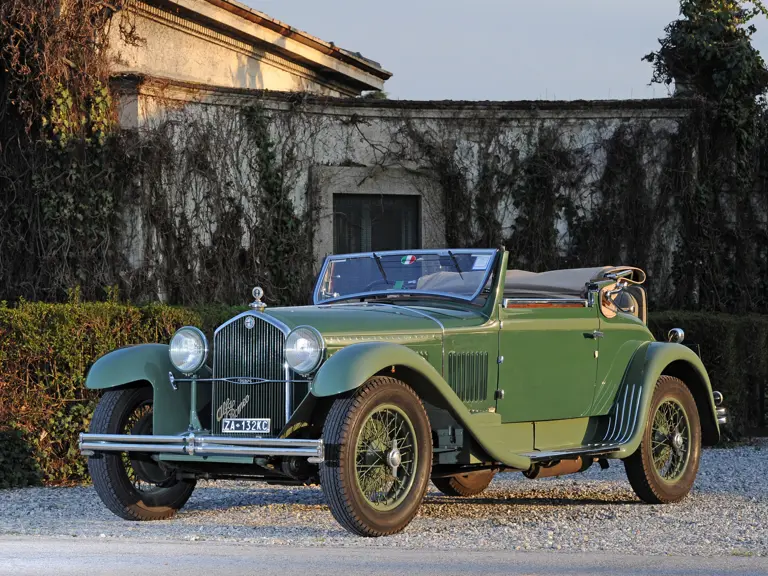
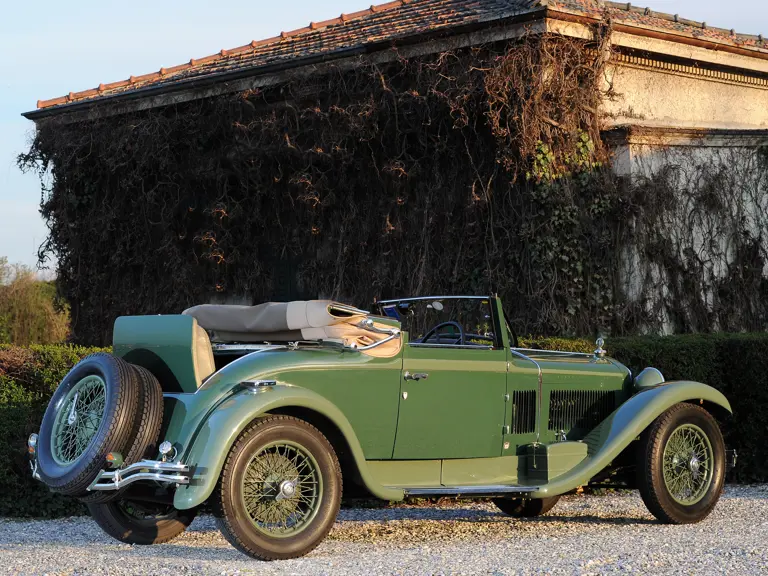
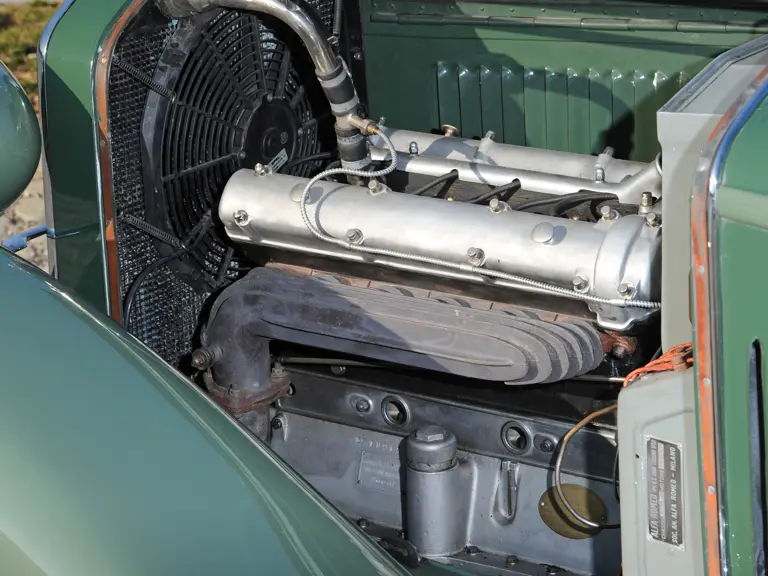
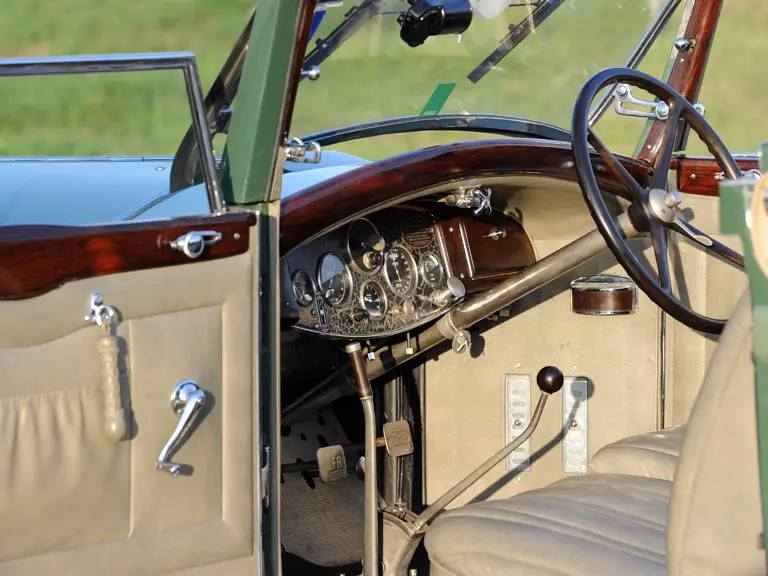
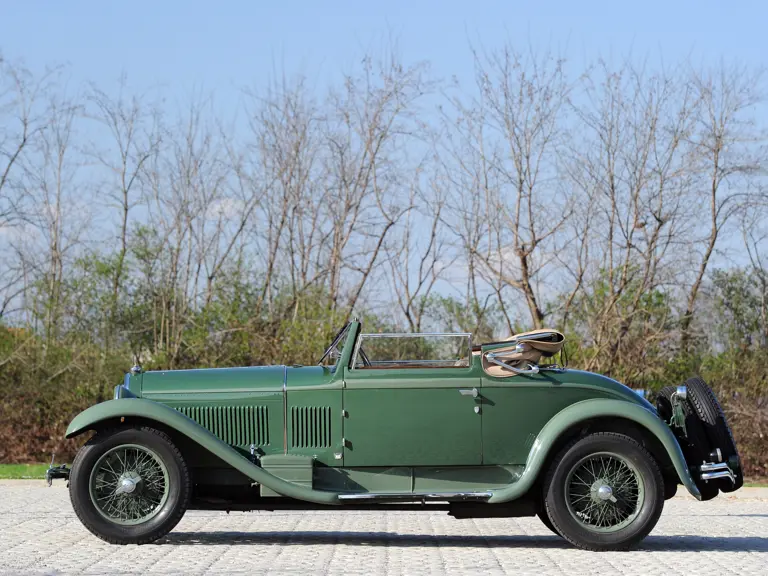


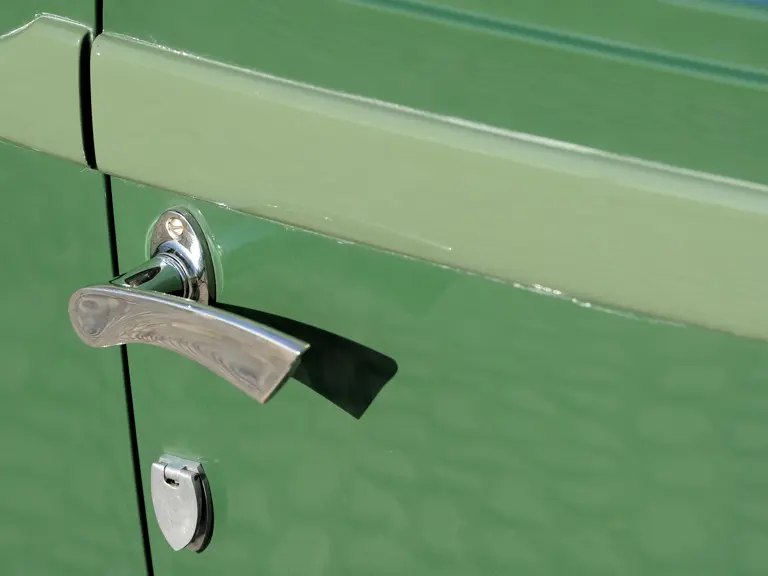
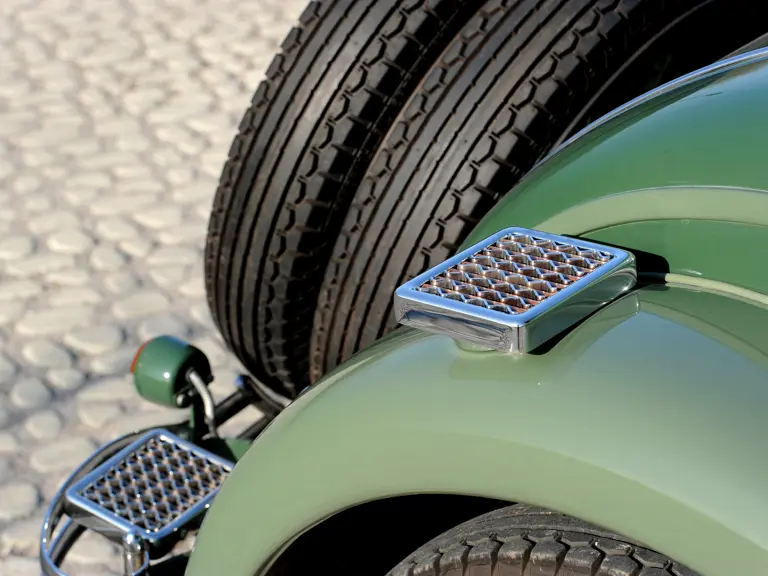
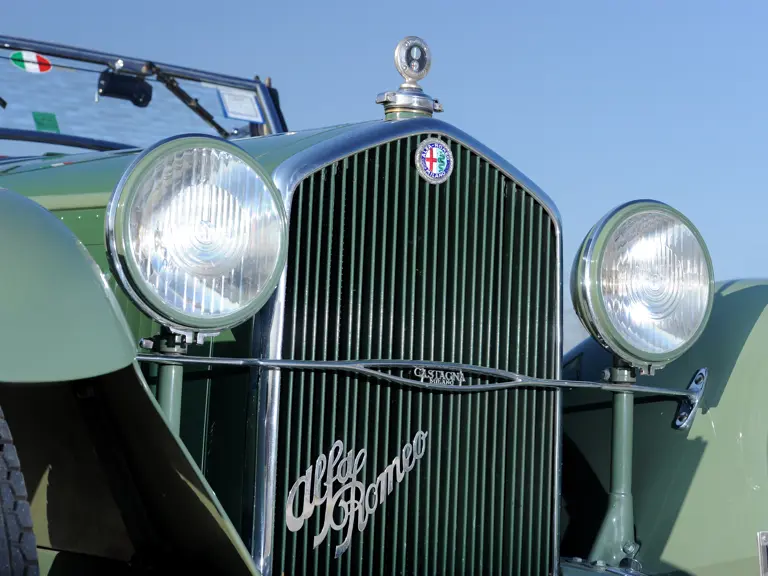
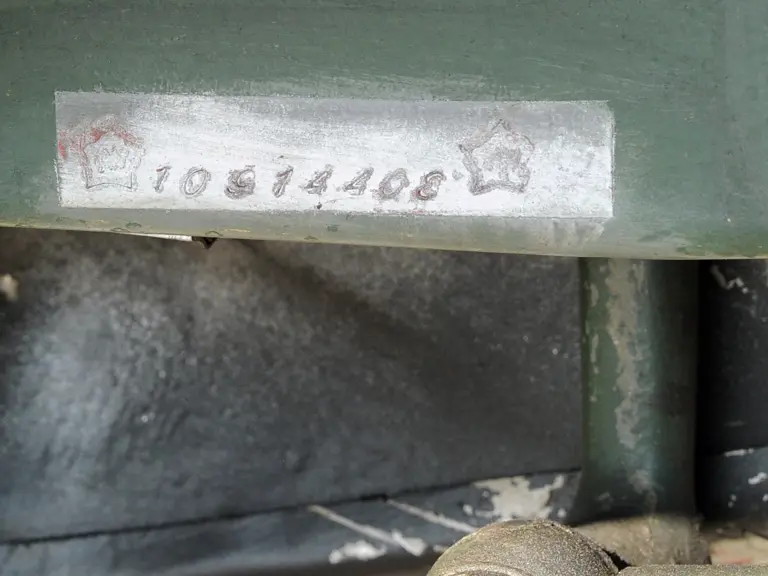

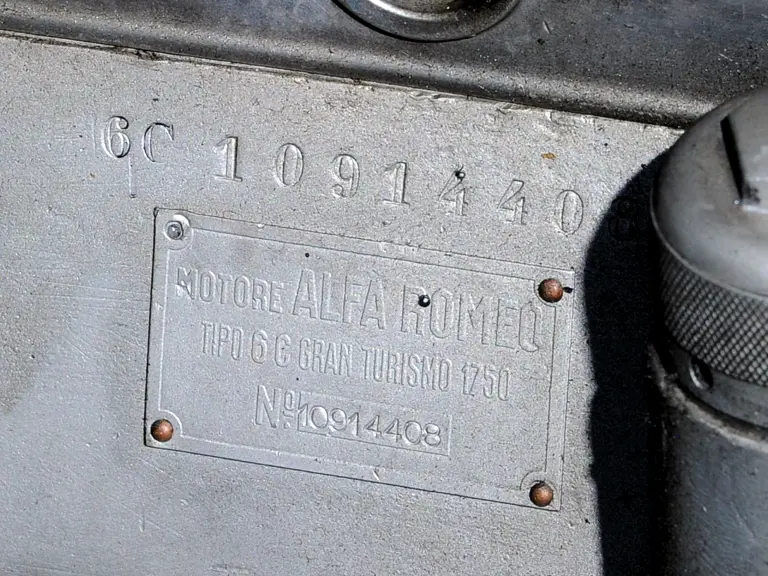

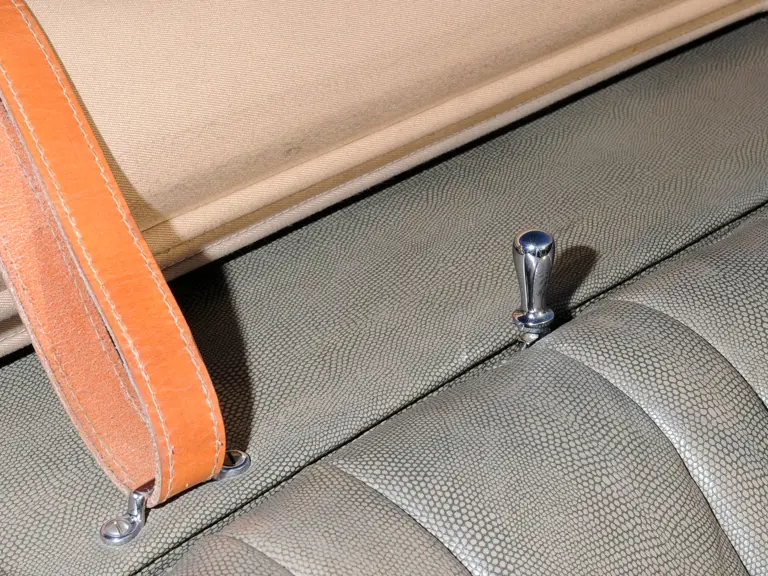
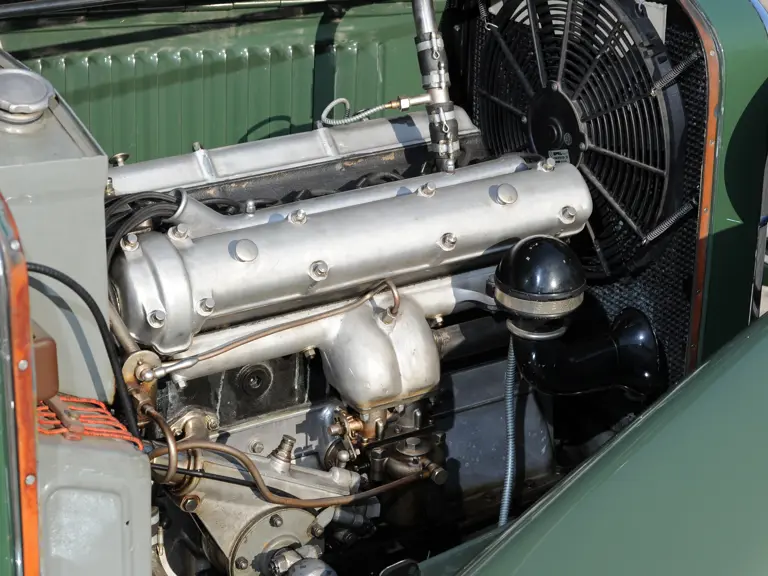

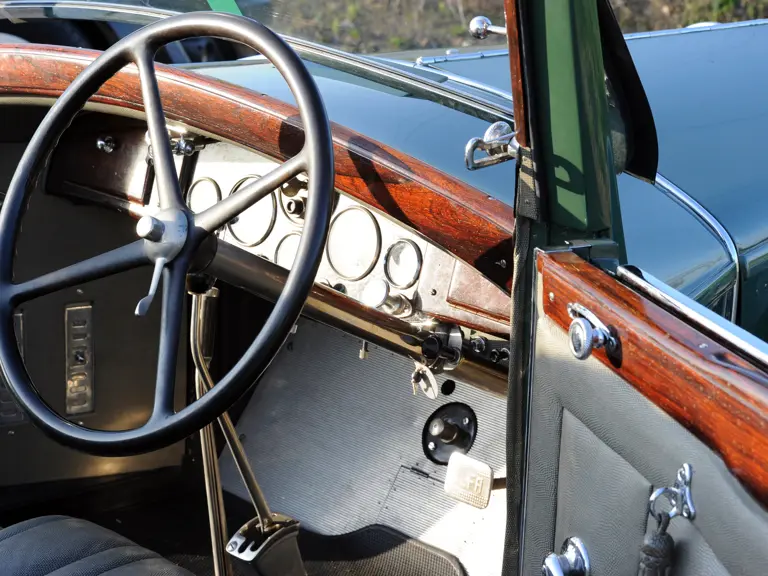
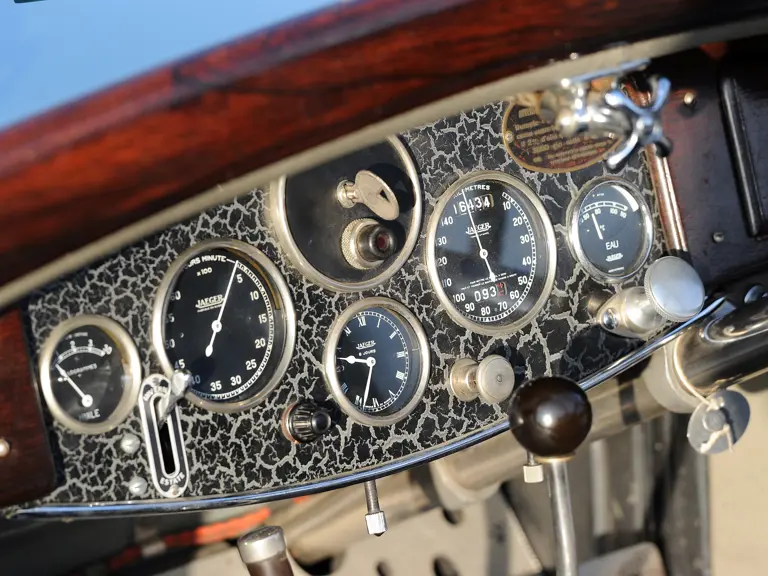
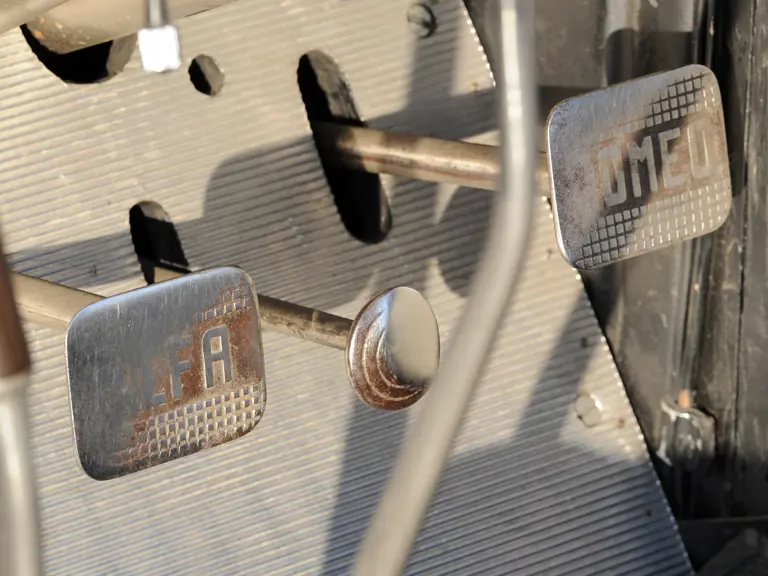
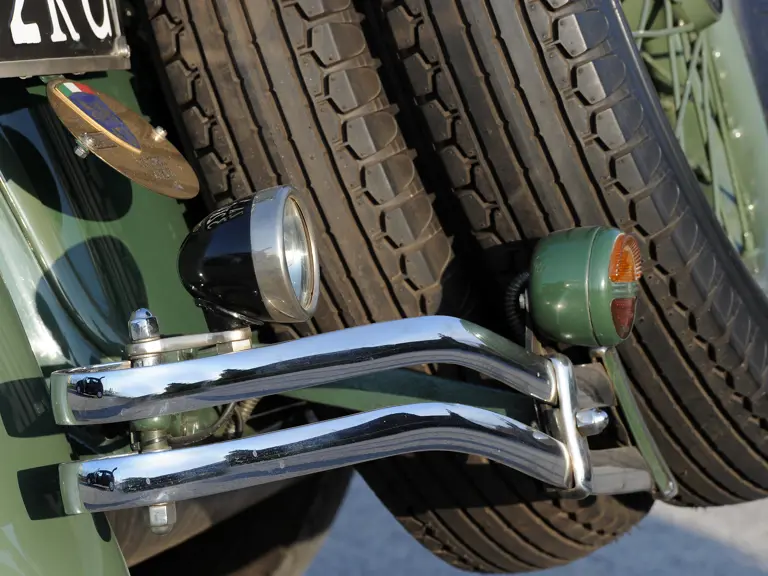
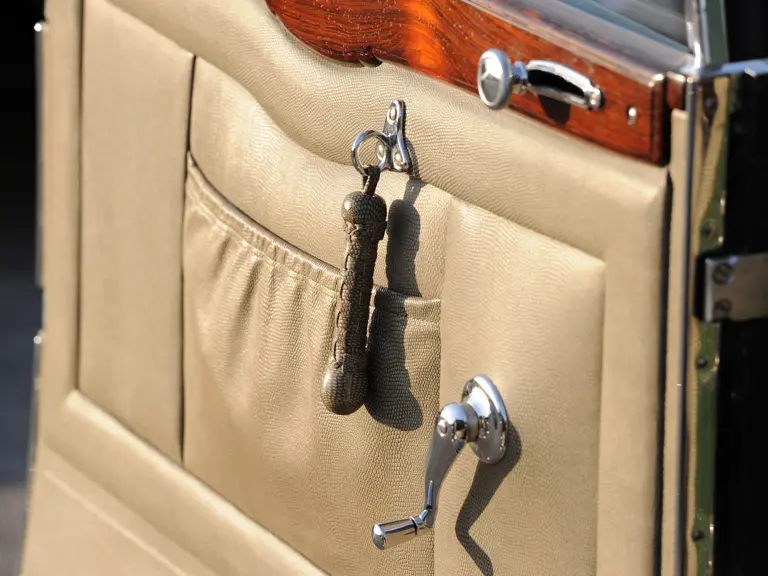
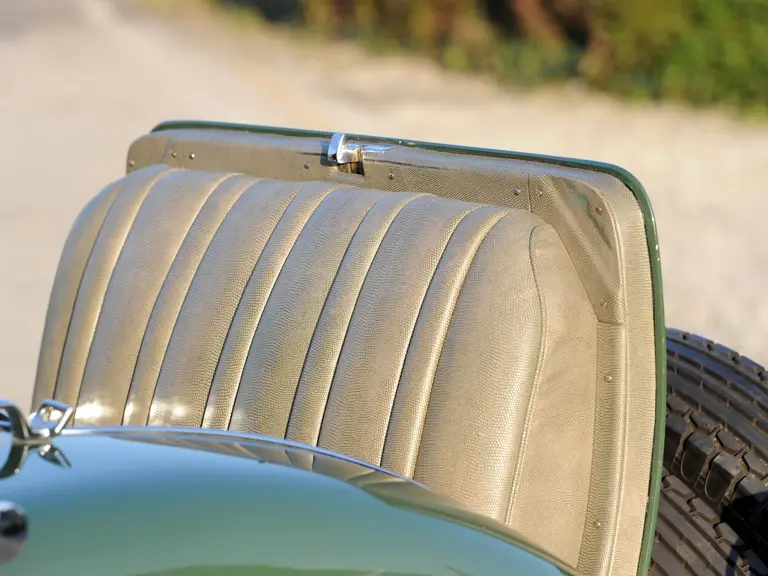
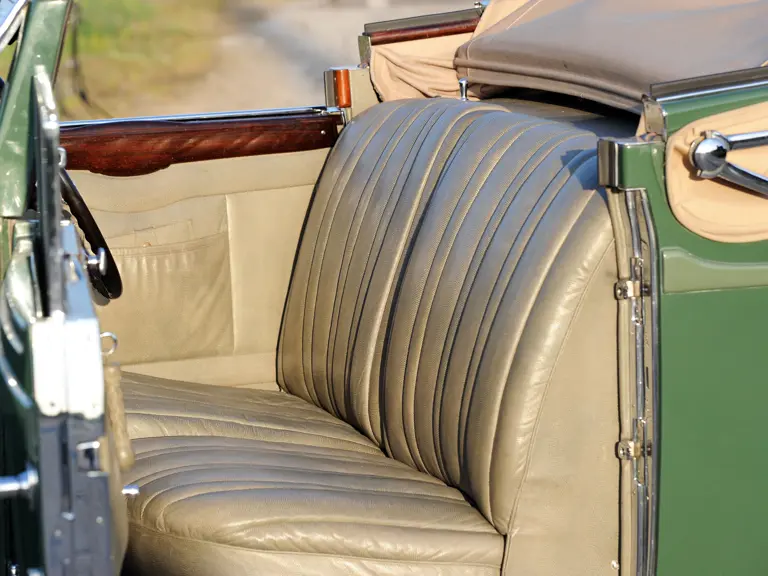
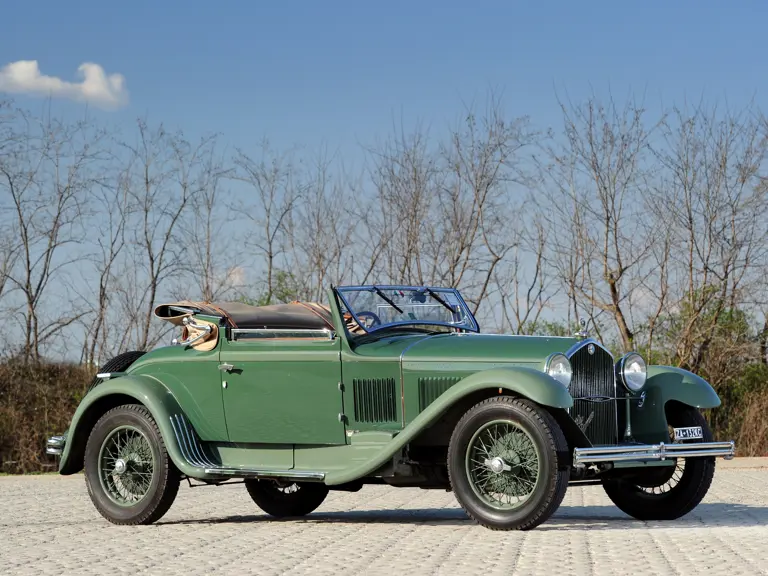
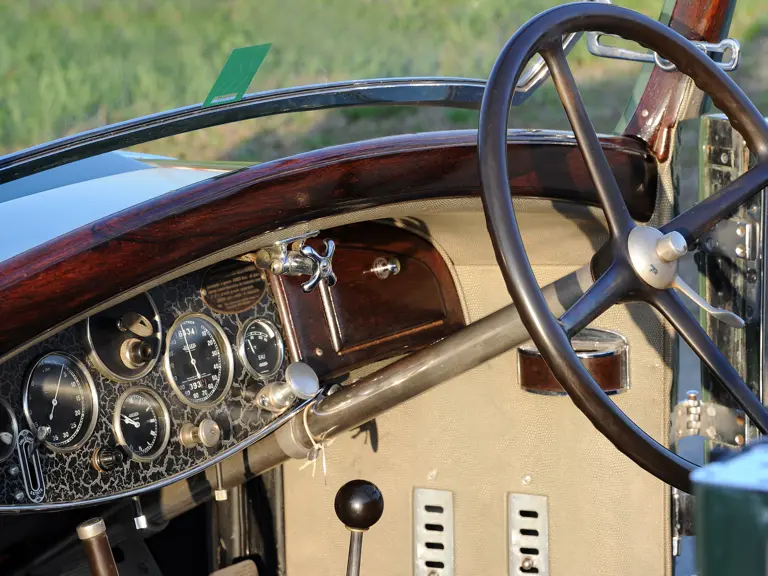
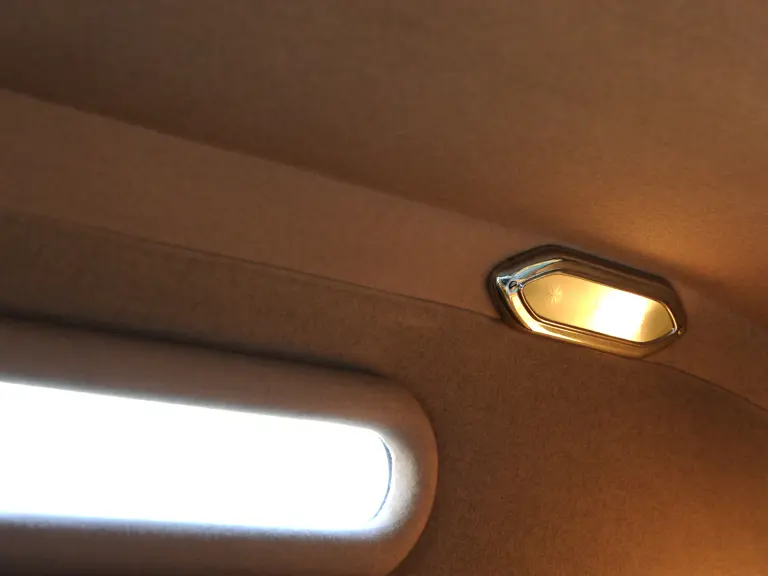

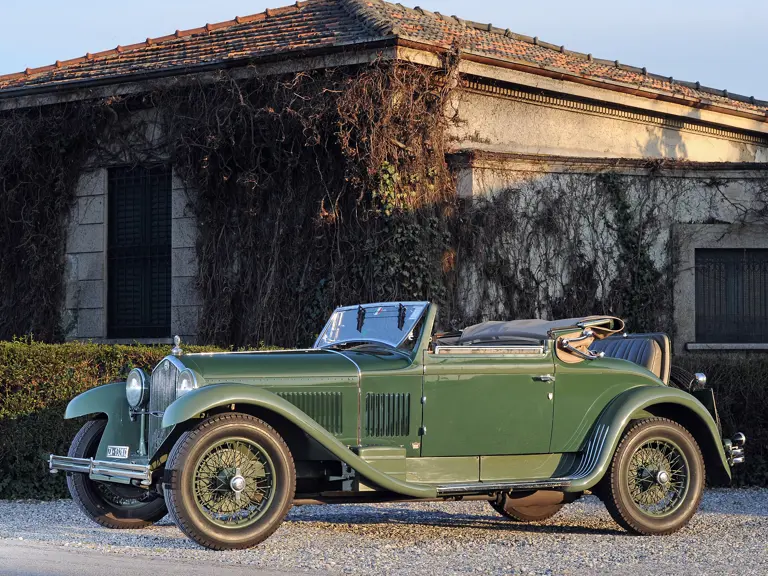

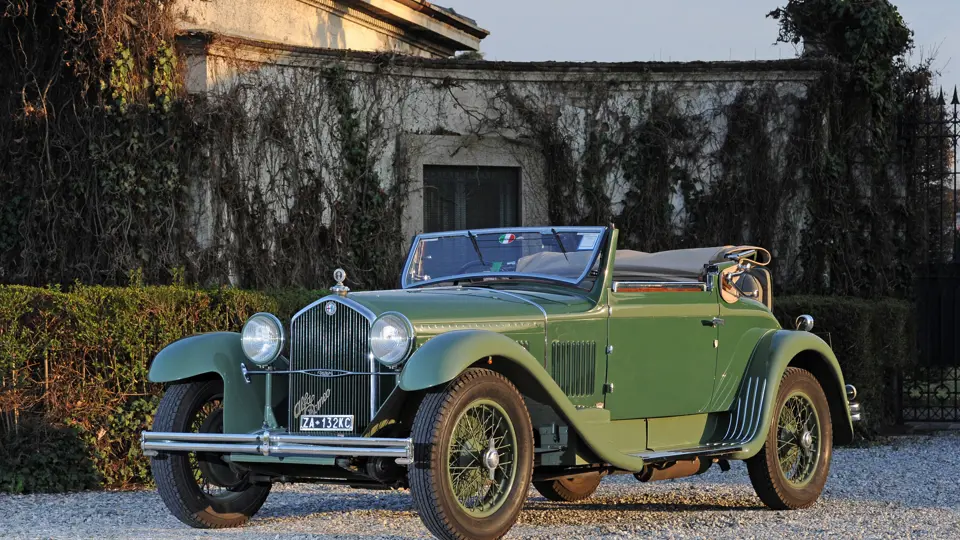
 | Monaco, Monaco
| Monaco, Monaco
